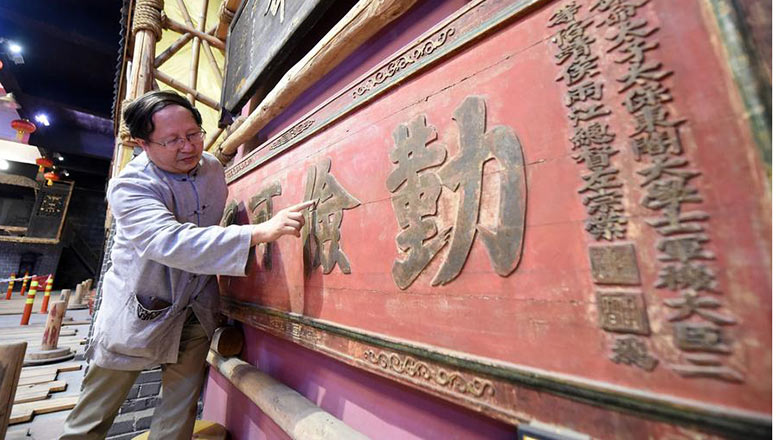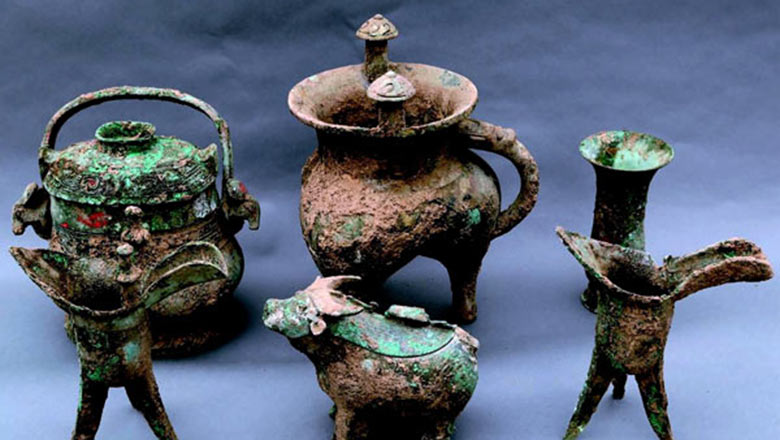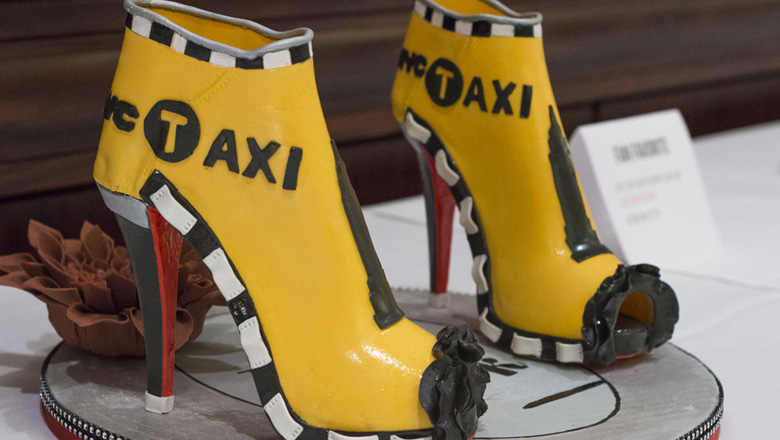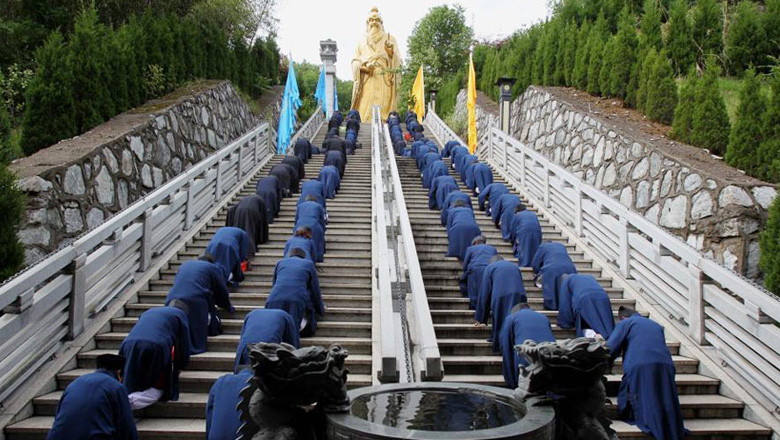Ecuador's president suspends classes after 6.8-magnitude aftershock
Updated: 2016-05-19 09:28
(Xinhua)
|
||||||||
Ecuador's President Rafael Correa suspended classes on Wednesday in the South American country after a new aftershock, measuring 6.8 degrees on the Richter scale, hit the northwestern coastal province of Esmeraldas.
The quake, occurred at 11:46 a.m. local time (16:46 GMT), was centered close to the touristic town of Mompiche, Esmeraldas, with a depth of 15 kilometres, according to the Geophysical Institute.
So far, one person has been confirmed dead while 85 were injured, Correa said.
The local Navy's Oceanographic Institute ruled out a possible tsunami alert on Ecuador's coasts.
Local authorities also suspended classes in the provinces of Manabi and Esmeraldas until Monday, the two worst hit provinces by the 7.8 degree earthquake that rocked the South American country on April 16.
On his official Twitter account, Correa said that classes would be suspended "until all information surrounding possible damage (to schools) is gathered."
Correa convened an urgent meeting of the Emergency Operations Committee (COE), part of the ECU 911 Integrated Security Service, in Quito to evaluate the situation and the damage.
The Electricity Ministry is working to restore the power after the aftershock left some coastal regions without electricity, the president said, adding that the dams had not be damaged and are functioning normally.
The powerful earthquake has caused panic in various parts of the country, including the capital city of Quito where citizens fled their homes, the agency said.
Early on Wednesday morning, at 02:57 a.m. local time (0757 GMT), another 6.8-magnitude quake was centered to the south of Muisne Canton, also in Esmeraldas, with a depth of 32 km below the earth's surface.
The quake only left light injuries and small damages to infrastructure, the government said.
According to the Geophysical Institute, the two earthquakes were aftershocks from the 7.8-magnitude quake that rocked Ecuador's northern coast on April 16, killing at least 661 people and injuring around 16,600.
Hundreds of aftershocks were recorded following the April earthquake, with Wednesday's two being the strongest so far.
"Aftershocks are expected to continue for two months after the main event (earthquake) in April," Correa said, urging the public to keep calm and be prepared for powerful earthquakes over six magnitude.
- Russia to build first cruise liner in 60 years
- LinkedIn, Airbnb match refugees with jobs, disaster survivors with rooms
- Duterte 'willing to improve ties' with Beijing
- Canadian PM to introduce transgender rights bill
- Hillary Clinton says her husband not to serve in her cabinet
- New York cake show designs fool your eyes

 Can you still recognize these cities?
Can you still recognize these cities?
 A private museum owner's devotion to cultural protection
A private museum owner's devotion to cultural protection
 China's top 10 archaeological discoveries
China's top 10 archaeological discoveries
 Apple's CEO Tim Cook's eight visits to China in four years
Apple's CEO Tim Cook's eight visits to China in four years
 Annual New York cake show designs fool your eyes
Annual New York cake show designs fool your eyes
 Divers find ancient Roman cargo from shipwreck in Israel
Divers find ancient Roman cargo from shipwreck in Israel
 Taoist priests worship their ancestors in Central China
Taoist priests worship their ancestors in Central China
 The world in photos: May 9-May 15
The world in photos: May 9-May 15
Most Viewed
Editor's Picks

|

|

|

|

|

|
Today's Top News
Liang avoids jail in shooting death
China's finance minister addresses ratings downgrade
Duke alumni visit Chinese Embassy
Marriott unlikely to top Anbang offer for Starwood: Observers
Chinese biopharma debuts on Nasdaq
What ends Jeb Bush's White House hopes
Investigation for Nicolas's campaign
Will US-ASEAN meeting be good for region?
US Weekly

|

|







